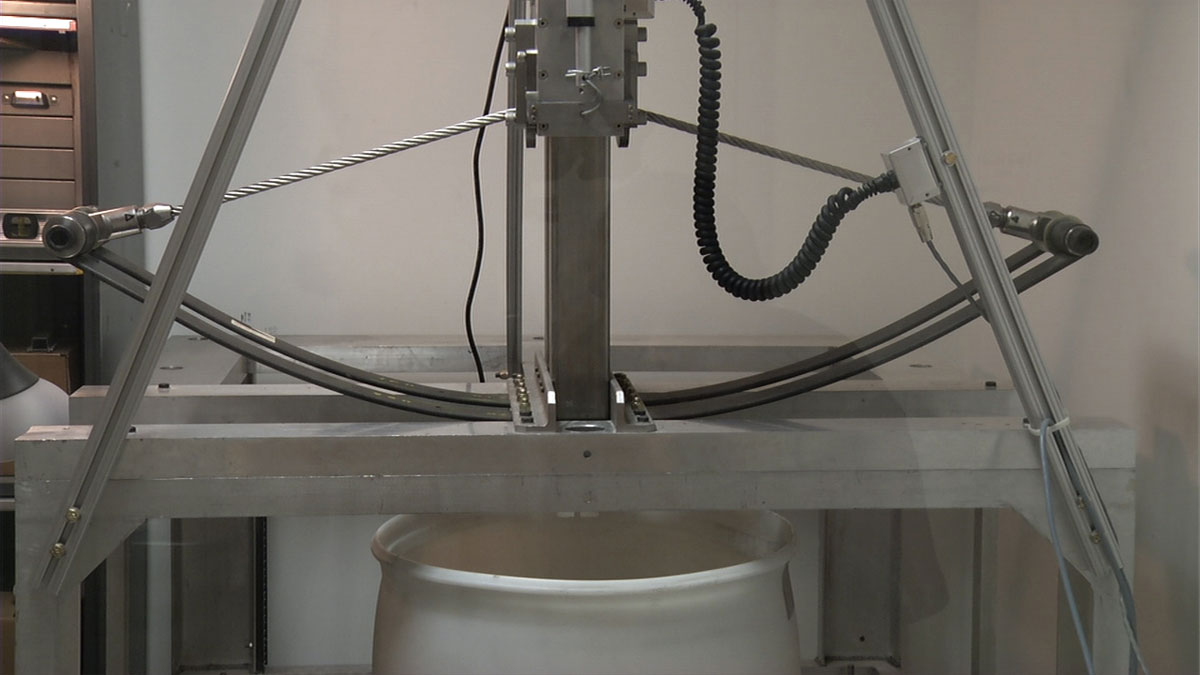NASA uses a bow and arrow to shoot a comet
NASA's Goddard Space Center is designing small "hook" missile models, allowing scientists to launch toward comets and collect rock / soil / dust samples from there for research.
Because comets are ice cubes and concentrated dust, dating from the time of our solar system formation, NASA believes that they can hold important clues about the origin of planets as well as life.
'One of the main reasons that prompted us to pursue this project was to be able to access biological molecules, the original elements that helped to create life,' said Donald Wegel, head of the design team for know.

Previous NASA missions have found amino acids on comets and meteors. These are very important molecules for life, which are the basis for protein synthesis. However, NASA hopes the new project can discover many other 'materials' needed for life to support the hypothesis that comets and asteroids have brought life to Earth, or brought to essential biological molecules to stimulate life.
Another important goal of the project is to understand the mechanism of comet formation, based on collected specimens. This information will help scientists detect and destroy dangerous flying objects hovering closer to Earth.
According to Space.com , NASA scientists are still figuring out the best design for this type of javelin rocket. They are currently using a 1.8m high bow and arrow machine with a 1.2cm thick steel wire system. This device will try to shoot the hook name at different speeds to penetrate a variety of materials like sand, ice and stone. They are also designing the specimen compartment near the wide arrowhead.
If this project is successful, in the future, some spacecraft will be equipped with hook missiles to be able to shoot comets closer. The ship will identify the target and shoot the appropriate missile type based on the surface analysis of the comet. Empty compartments will open, collecting specimens while missiles drill deep into the comet surface. Once the missile reaches its maximum depth, the specimen cavity will close and the ship will pull it back, leaving the first name in the comet. So scientists will be able to collect specimens without having to find a way to land directly on comets.
- Video: Comet hit the sun
- NASA spacecraft is about to close
- Century comets
- NASA explores the solar system through remnants on Comets
- Comet near Mars on sight
- Comet detection is the brightest century
- Comet is brighter than the full moon visiting Earth in 2013
- Comet ISON only has dust left
- The comet of the century will not light
- Comet Lovejoy comet image from all over the world
- The ISON comet can be observed with the naked eye
- The comet 'graveyard' was discovered
 Van Allen's belt and evidence that the Apollo 11 mission to the Moon was myth
Van Allen's belt and evidence that the Apollo 11 mission to the Moon was myth The levels of civilization in the universe (Kardashev scale)
The levels of civilization in the universe (Kardashev scale) Today Mars, the sun and the Earth are aligned
Today Mars, the sun and the Earth are aligned The Amazon owner announced a secret plan to build a space base for thousands of people
The Amazon owner announced a secret plan to build a space base for thousands of people